The most authoritative answer in 2024
-
Hello there! As an expert in linguistics and phonetics, I'm here to help you understand the intricacies of the English language, starting with the distinction between consonants and vowels.
To begin with, consonants are a class of speech sounds that have a significant role in the formation of words. They are produced by completely or partially obstructing the airflow through the vocal tract. In the English alphabet, there are 21 consonant letters, which are all the letters except for the five vowel letters.
The five vowels in English are A, E, I, O, and U. Sometimes, Y can also function as a vowel, depending on its position in a word and the surrounding letters. For instance, in the word "sky," Y acts as a vowel, but in "cry," it functions as a consonant.
Now, let's identify the consonants. As mentioned, all the letters in the English alphabet that are not A, E, I, O, or U are considered consonants. Here is a list of the consonant letters:
- B
- C
- D
- F
- G
- H
- J
- K
- L
- M
- N
- P
- Q
- R
- S
- T
- V
- W
- X
- Y (sometimes considered a consonant)
- Z
It's important to note that the classification of Y as a consonant or vowel is context-dependent. In words like "yes" or "my," Y is a vowel, but in words like "gym" or "cry," it acts as a consonant.
Consonants can be further categorized based on their manner and place of articulation. For example, some consonants are plosives, which are produced by a complete closure of the oral cavity followed by a release of air. Examples include P, B, T, and D.
Others are fricatives, where the air is forced through a narrow channel in the vocal tract, creating friction. Examples are F, V, S, and Z.
Nasals, like M and N, are produced when the air is released through the nose.
Liquids, such as L and R, involve the movement of the tongue without completely blocking the airflow.
And glide or semivowels like W and Y (when acting as a consonant) are produced with a continuous transition between a vowel sound and a consonant sound.
Understanding the role of consonants in the English language is crucial for pronunciation, spelling, and the overall structure of words. They provide the framework upon which vowels can build the melody of spoken language.
In summary, consonants are the building blocks of words, offering structure and definition to the sounds of language. By recognizing and appreciating their variety and function, we can deepen our understanding and appreciation of the English language.
read more >> -
A consonant is a speech sound that is not a vowel. It also refers to letters of the alphabet that represent those sounds: Z, B, T, G, and H are all consonants. Consonants are all the non-vowel sounds, or their corresponding letters: A, E, I, O, U and sometimes Y are not consonants.read more >>
about “alphabet、non、alphabet”,people ask:
- 64回复Can w be used as a vowel??
- 51回复What is the ��??
- 59回复What is the symbol for long and short vowels??
- 75回复What is vowel modification??
- 88回复Which word is without vowels??
- 84回复How do I type a ???
- 16回复What is a Diagrah??
- 100回复What is vowel words??
- 48回复Is there a word with all vowels??
- 93回复What words have only vowels??
- 54回复How do I type E grave??
- 99回复How do I type a Macron??
- 12回复How many phonetic sounds are there??
- 76回复What words have a short U sound??
- 54回复What is the Backtick key??
READ MORE:
- +1501What is the sound of ??
- +1973What is this called ��?
- +1934What is the symbol over the e in Spanish called?
- +1440How many phonetic sounds are there?
- +1966What are the steps to teach phonics?
- +1983Which word has no vowels?
- +1513What words have only vowels?
- +1532Can w be used as a vowel?
- +1482What are the five basic vowel sounds?
- +1349How do you make the U with a line over it?
- +1795What does an overline mean?
- +1502What is the line over a letter called?
- +1174What does the ? mean?
- +1235What is the bossy R?
- +1926What does vowel team mean?
QuesHub is a place where questions meet answers, it is more authentic than Quora, but you still need to discern the answers provided by the respondents.







